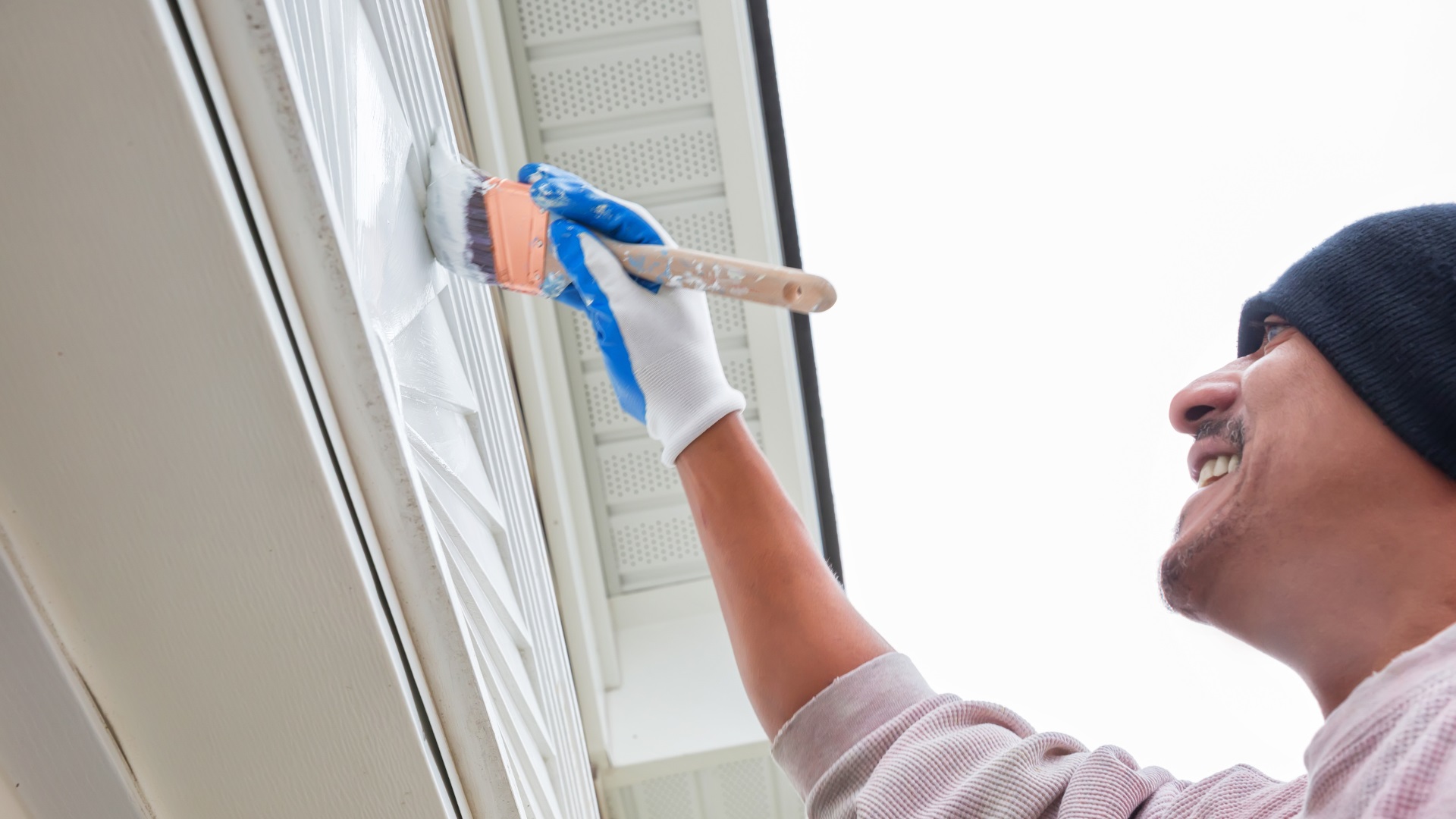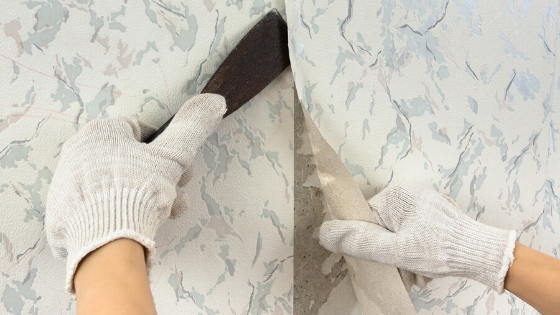Countless DIY-ers try to take on the task of painting the outside of their home every year, but because countless steps can go awry, many of them end up wasting their valuable money and time by not doing it properly the first time around. The key to success if knowing what you’re doing and having a little experience, or else you may find yourself hiring a professional even after you’ve attempted the feat once yourself. Doing it right the first time takes skill and knowledge, so read on to learn about four key preparatory steps necessary to have great exterior painting results.
Protect Exterior Landscaping and Fixtures
Many homeowners are so excited to start the project that they don’t consider this key preparatory step. You don’t want paint to ruin your bushes, landscaping, patio furniture or outdoor fixtures so you’ll need to take some time to cover these up with plastic tarps, drop clothes and painting tape for anything that can’t be moved out of the area. That way, when you’re finished, you’ll be able to enjoy the results without having to go back and scour unwanted paint from the surroundings.
Repair Exterior Damage
Several years of weathering can cause wear-and-tear and damage to the outside of your home. To make sure you get an even, great-looking coat of paint, you’ll need to address these imperfections before painting. Inspect the siding, windows and trim very carefully. Fill any holes or damaged area with wood filler and make sure to remove window shutters.
Reglazing Cracking Windows
The putty surrounding the corners of your windows, also known as glaze, will likely look shrunken, cracked and damaged after years of being exposed to the sun, freezing temperatures and other elements. Before painting, you’ll want to remove old window glaze and re-glaze as needed.
Power Wash The Exterior
Finally, just like when you paint the interior of your home, you’ll want to thoroughly clean the exterior walls. The best tool to do this is a pressure washer. If you have siding on your home, be careful not to force water into the grooves where each piece of siding meets each other. Removing any flaking existing paint and be sure that the bottom of the house is completely clean. Before painting, you’ll want to let your home dry for a couple of days.
Many homeowners don’t realize just how much effort is involved in painting the exterior of their home outside of putting the actual paint on the siding or brick. However, having a realistic expectation of the scope of the project is crucial to determine whether it’s within your abilities to complete. If not, you can always turn to a professional that does this day-in and day-out for the best results.





